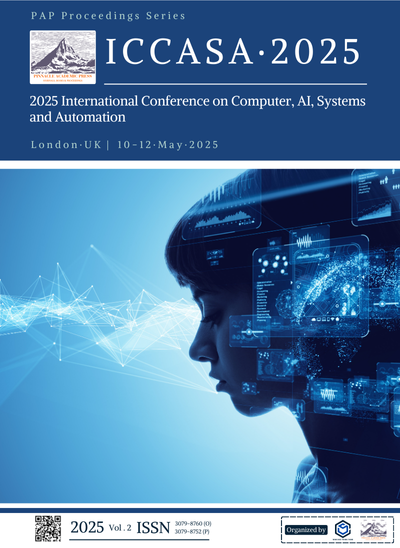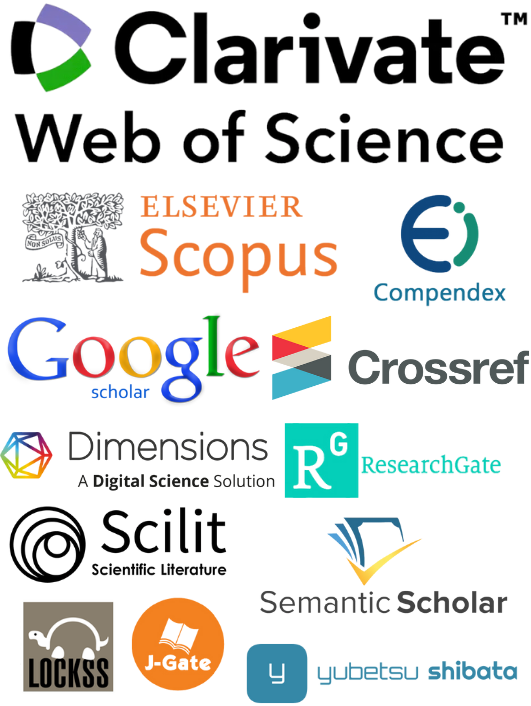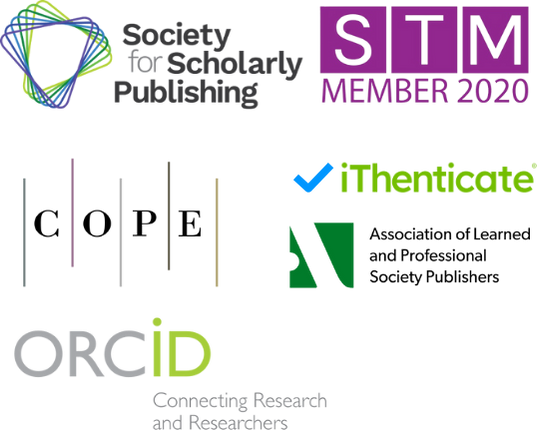Research on Intelligent Code Search Technology Based on Deep Learning
Keywords:
deep learning, code search, code semantics, intelligent searchAbstract
The application of code intelligent search technology is gradually becoming a key means to solve the bottleneck of development efficiency in the context of the continuous expansion of software development project scale and the increasing demand for code reuse. This study explores the core applications of deep learning in code search, focusing on semantic representation techniques for code, enhanced semantic matching using Transformer architectures, the use of graph neural networks for code structure parsing, the application of contrastive learning strategies for semantic correlation mining, and the performance of multimodal fusion models in integrating code with natural language descriptions. An innovative intelligent code search system has been developed for system architecture scenarios. It includes the refinement of deep neural network models, the design of retrieval processes based on a dual-tower architecture, and strategies for resource allocation and technology selection during model deployment. Through research, significant progress has been revealed in the complex semantic integration and efficient search of deep learning in code search, opening up new research directions for the development of intelligent code search systems.
References
1. O. F. Isife, D. Y. Dodo, J. A. Daramola, O. O. Abayomi, A. J. Afolabi, and R. O. Samuel, et al., "Development of a malicious network traffic intrusion detection system using deep learning,"Int. J. Saf. Secur. Eng., vol. 13, no. 4, pp. –, 2023, doi: 10.18280/ijsse.130401.
2. L. Shen, C. Zhang, Y. Hu, Y. Wang, H. Lin, and Y. Zhao, et al., "Hybrid approach combining modified gravity model and deep learning for short-term forecasting of metro transit passenger flows,"Transp. Res. Rec., vol. 2675, no. 1, pp. 25–38, 2021, doi: 10.1177/0361198120968823.
3. Y. Zhang, K. Guan, Z. Liu, C. Wang, T. Gui, and H. Yu, et al., "DeepWiPHY: Deep learning-based receiver design and dataset for IEEE 802.11 ax systems,"IEEE Trans. Wireless Commun., vol. 20, no. 3, pp. 1596–1611, 2020, doi: 10.1109/TWC.2020.3034610.
4. J. Ding and N.-W. Zheng, "RGB-D depth-sensor-based hand gesture recognition using deep learning of depth images with shadow effect removal for smart gesture communication,"Sens. Mater., vol. 34, 2022.
5. M. Ishizaki, Y. Nakatani, and S. Nishida, "Developing a water quality estimation model by integrating deep learning with nonlinear time-series analysis,"J. JSCE, vol. 10, no. 1, pp. 288–306, 2022, doi: 10.2208/journalofjsce.10.1_288.
6. Y. Zhang, Z. Liu, X. Wang, J. Chen, Y. Zhou, and L. Sun, et al., "Damage detection of a pressure vessel with smart sensing and deep learning,"IFAC-Pap. Online, vol. 56, no. 3, pp. 379–384, 2023, doi: 10.1016/j.ifacol.2023.12.053.
7. L. Li, X. Huang, Q. Chen, T. Zhao, Y. Feng, and H. Zhang, et al., "On experiments of a novel unsupervised deep learning based rotor balancing method,"Meas. Control, vol. 55, no. 7–8, pp. 729–737, 2022, doi: 10.1177/00202940221115744.
Downloads
Published
Issue
Section
License
Copyright (c) 2025 Anyi Chen (Author)

This work is licensed under a Creative Commons Attribution 4.0 International License.



